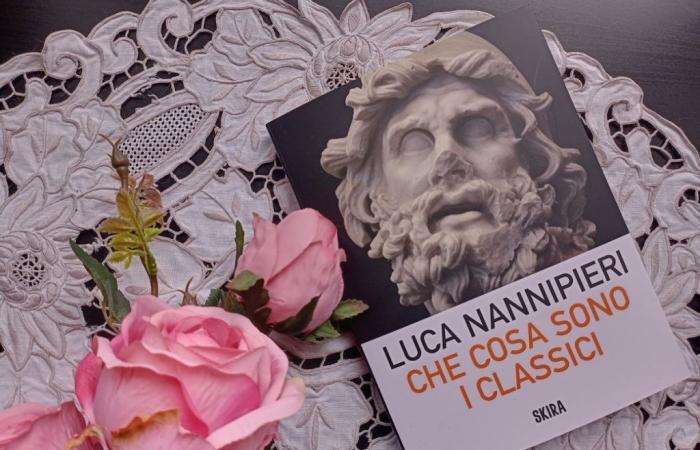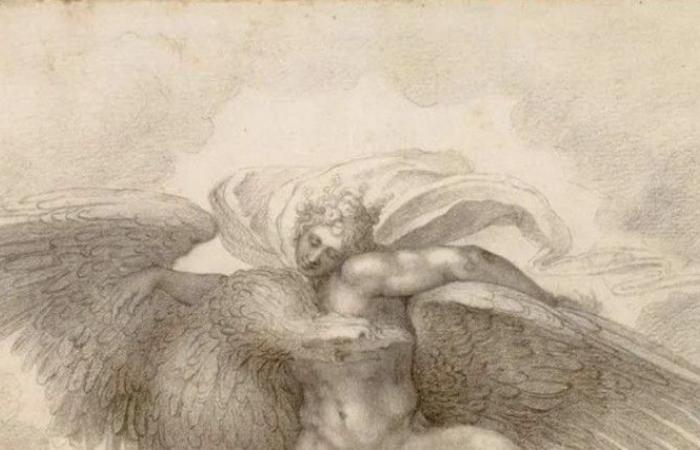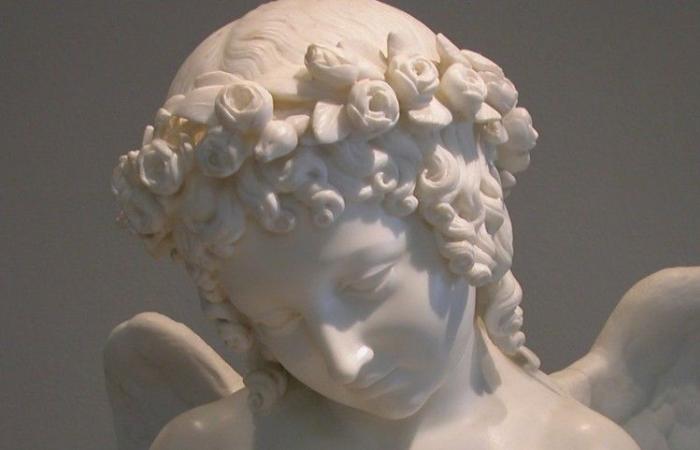Nothing stands still and everything changes quoting Heraclitus. This concept also applies to what we consider today a classic? The art historian Luca Nannipieri he asks himself the question and in the pages of his latest book he presents a non-obvious and interesting reflection on the topic.
The author of the essay offers some examples of works and architecture considered classics in our times which for a long time were not points of reference for subsequent generations.
Just think about the Venus de Milolong buried and re-emerged mutilated after centuries but today considered a masterpiece or al Colosseumplundered of its covering marble and left in a complete state of abandon for a long time but today well protected by UNESCO.
Time by its nature is changeable and what we consider classics today were not classics once and it is not certain that they will continue to be classics in the centuries to come. Historical courses and recurrences they are part of humanity’s journey in which very little remains firm and immutable.
There is no such thing as an immutable, static value. Intangibility does not belong to human production.
Luca Nannipieri “What are the classics”
In my opinion, what remains firm in time is the feeling. Not so much what allowed the work to be generated but what that sculpture, drawing, fresco or painting expresses. The desperation of the damned souls that I frescoed in the Sistine Chapel will always remain. Who knows, maybe in a future time they will return to being figures considered obscene as they were after the Council of Trentbut their torment, which moves the soul of those who observe them, will not change.
Times change, references change but the human soul persists unchanged over the centuries. That ecstasy felt by will remain Saint Teresa of Avila established over time by Bernini and the anxiety aroused byMunch’s Screamthe tenderness of Madonna della Seggiola of Raphael and the restrained pain of the Virgin who supports the body of her now lifeless Son on her legs Vatican Pieta.
They definitely change aesthetic canons and what is considered beautiful now will no longer be so in five hundred years, perhaps, but the feeling that the works arouse remains fixed over time.
The book What are the classics Of Nannipieri published by Skira it allows you to have a broad look at what a classic is and how much the complexity of contemporary society defines it and considers it as such.
For the moment, your always Michelangelo greets you and will meet you in the next posts and on social media. On purpose, you can find the book HERE.
Support us – Support Us
If you like and are passionate about this blog, you can help us make it grow more and more by supporting us in a concrete way by sharing posts, following social pages and with a contribution that helps us move forward with our dissemination work. . ENGLISH: If you like and are passionate about this blog, you can help us make it grow more and more by supporting us in a concrete way by sharing posts, following social pages and with a contribution that helps us to move forward with our dissemination work .
-
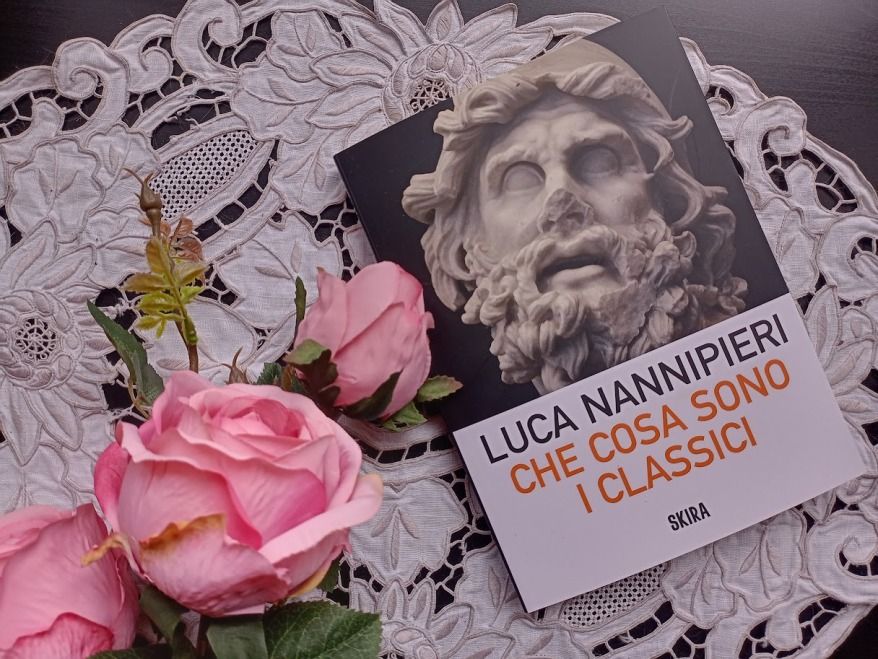
-
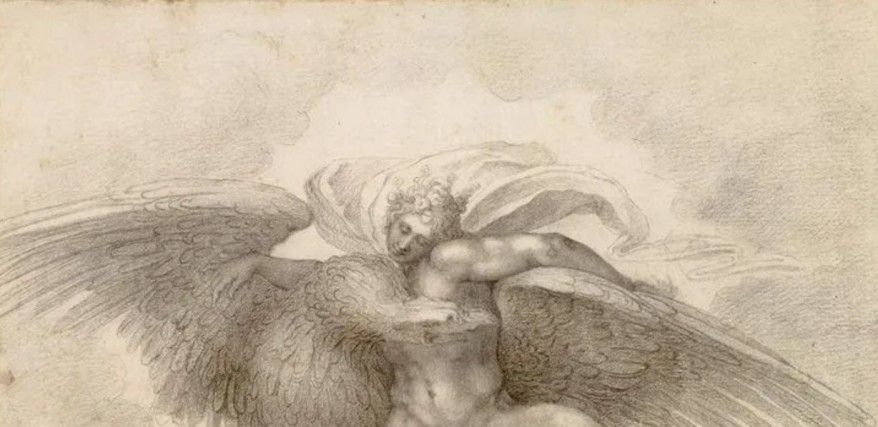
The Rape of Ganymede and my Thomas who looked at that drawing two hours a day
For Latest Updates Follow us on Google News

